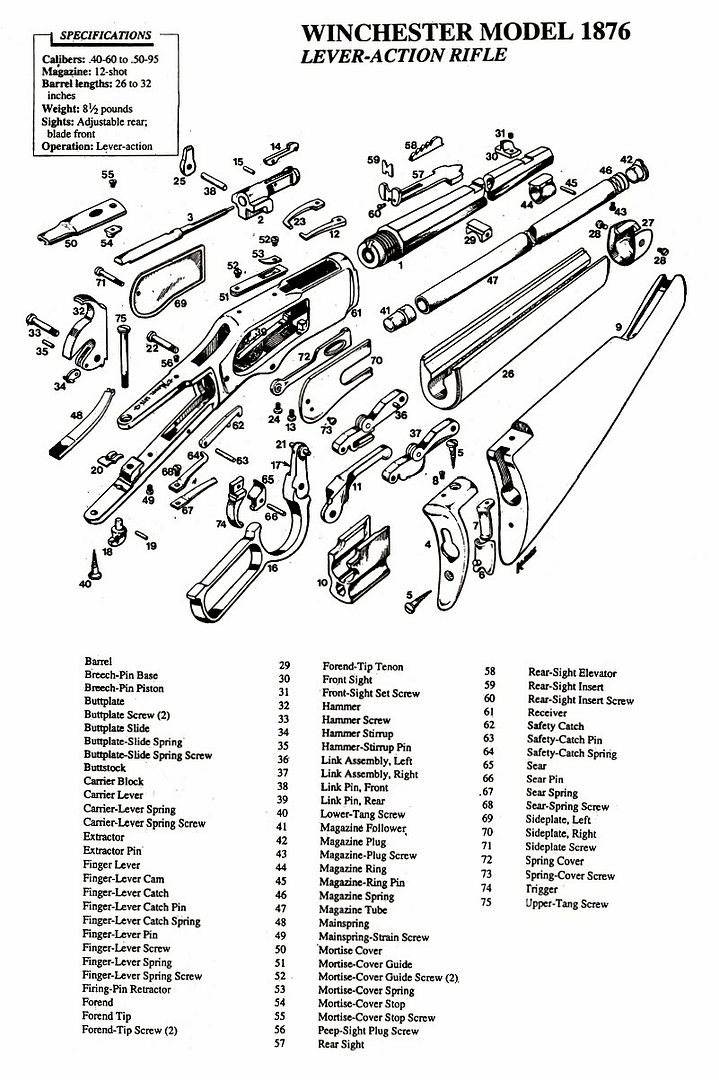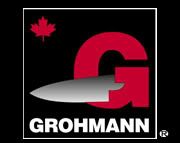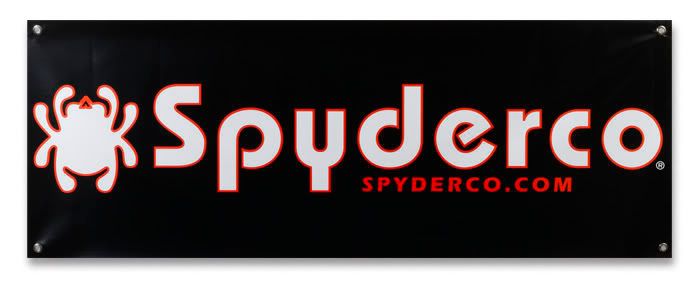I never expected to write about this. I was in the grocery yesterday and stopped by the magazine rack to see what was what and after noticing the general dearth of magazines saw that Guns and Ammo magazine finally had enough articles to warrant buying a copy. This magazine has really declined in volume and quality over the past few years and is now owned by the same people that own Shooting Times magazine.
One of those articles that attracted me enough was the article, Uberti's 'Big .50'. While I didn't read it in the store, it seemed to have a lot of column space and some good photos. Unfortunately, in reading I found myself very disappointed and a bit worried for those who might read the article and misinterpret it. I feel there are enough mis-steps in the article to warrant concern. The article is written by Ken Kempa. I don't know Mr. Kempa and I can't say that I've ever read anything else he has written. None of my comments or my observations could possibly be colored by a prejudice for or against Mr. Kempa.
Before I begin, I must point out that I don't have a .50-95 but do have the Chaparral NWMP SRC in .45-75 WCF. I feel that what I've learned in studying my rifle and loading for my rifle is applicable to the "Uberti 'Big .50'". I'd also like to point out that there are others with questions about this article.
I had to note that Mr. Kempa starts the article thusly,
I am a modern shooter and hunter, hooked on scope, stainless actions and barrels, and synthetic stocks. Having used black-powder muzzle-loaders on and off over the past 35 years, I would rather be shooting smokeless cartridges.That pretty much lets us know just what experience Mr. Kempa brings to the table in loading BP cartridges or in dealing with rifles designed in this period.
One of the first errors he makes is that, as he says,
... many sources I checked with indicated that loads up to 29,000 psi would be a reasonable upper limit.
 I don't believe this is true. Based on what I've read and the discussions I've had with other shooters the true upper limit is 20-22,000 PSI for this cartridge. In Lyman's Reloading Handbook, Brian Pearce does say that he thinks that the reproduction rifles are capable of handling 28,000 PSI loads but this isn't 29,000 PSI. Mr. Pearce's is the only such opinion I've read. So, I have to wonder if the "29,000" is a typo or editing error. This is particularly important for the Winchester toggle-link action as they aren't particularly strong. However, Mr. Kempa also says that he doesn't exceed 20,000 or 26,000 PSI according to QuickLOAD in any of his loads. Which loads had which calculated pressure the article doesn't say. I wish this hadn't been omitted.
I don't believe this is true. Based on what I've read and the discussions I've had with other shooters the true upper limit is 20-22,000 PSI for this cartridge. In Lyman's Reloading Handbook, Brian Pearce does say that he thinks that the reproduction rifles are capable of handling 28,000 PSI loads but this isn't 29,000 PSI. Mr. Pearce's is the only such opinion I've read. So, I have to wonder if the "29,000" is a typo or editing error. This is particularly important for the Winchester toggle-link action as they aren't particularly strong. However, Mr. Kempa also says that he doesn't exceed 20,000 or 26,000 PSI according to QuickLOAD in any of his loads. Which loads had which calculated pressure the article doesn't say. I wish this hadn't been omitted. If I may repeat myself, produced from 1876 until 1886 approximately 63,871 1876s of all types were built. The last 1876 rifle left the factory in 1897 and was likely made up of various unused parts. Most popular among collectors (and bringing the highest prices) are the SRCs and the Express rifles. Some of this is due to the relative rarity of the two types. E.g. only 1600 SRCs were produced for the NWMP and at one point they reported only 970 some were functional! The English Express rifles (those in .50-95 often referred to as "cat guns") are even more rare.
 Longer (and heavier) than the 1873 but still using the same basic action design, the 1876 (called the Centennial because it was introduced in the 100th year of the USofA) couldn't handle the .45-70 Government cartridge. Winchester's fix was to use a fatter, bottle-neck cartridge of .45 caliber using a lighter bullet to nearly match the .45-70-405 cartridge's terminal ballistics. This it did. Winchester later produced the 1876 also chambered for 3 other cartridges as shown. One of those cartridges is the .50-95 WCF.
Longer (and heavier) than the 1873 but still using the same basic action design, the 1876 (called the Centennial because it was introduced in the 100th year of the USofA) couldn't handle the .45-70 Government cartridge. Winchester's fix was to use a fatter, bottle-neck cartridge of .45 caliber using a lighter bullet to nearly match the .45-70-405 cartridge's terminal ballistics. This it did. Winchester later produced the 1876 also chambered for 3 other cartridges as shown. One of those cartridges is the .50-95 WCF.According to Cartridges of the World, the .50-95 is essentially and improved repeating rifle version of the .50-70 Government cartridge which was popular with buffalo hunters at the time of introduction. It is a necked up version of the .45-75 WCF. Built on the Express Rifle concept of using lighter bullets at higher velocities to flatten trajectories, the .50-95 had a degree of popularity with hunters after thin-skinned dangerous game such as leopards and tigers. One particular configuration of the rifle with shotgun butt, button mag and 22-24" round barrel in .50-95 is even known as the "cat" rifle.
The .50-95 was loaded with bullets of approximately the same weight as the .45-75 WCF, i.e. 300-350 gr., in deference to the action strength. Perhaps this is the place to point out that Mr. Kempa uses jacketed bullets, specifically the Barnes .510" 300 and 450 gr. Originals for his loads. In one case the jacketed bullet will increase pressures and the 450 is not only jacketed but a heavy bullet for this cartridge. The jacketed bullets are not a problem in-so-far as the barrel steel is concerned. I wouldn't want to ever use jacketed bullets in an original barrel as they are much softer and wear could become a problem.
As to lead bullets, only those 350 gr. bullets (actually weighed at 339 gr.) as loaded in the Ten-X ammunition Mr. Kempa acquired for the test were used. While he states,
No leading ever appeared when shooting 60 rounds of Ten-X's ammo.the accompanying photo clearly shows a lead ring at the muzzle and lead in the rifling grooves at the muzzle. I am thus lead (pun intended) to believe that Mr. Kempa doesn't shoot cast bullets enough to recognize leading when he sees it.
Of course the .50-95 was originally loaded with black-powder but the cartridge was provided with smokeless powder loads as the world transitioned from black-powder use in the early 1900s. I've written my views on loading smokeless powder in this action. Suffice to say that I think smokeless is ok, but you can't exceed pressures for which the action was designed. I don't subscribe to the pressure wave form concerns some have. Mr. Kempa uses AA5744, AA2015, H4895, IMR4227, IMR4198, IMR3031 and Vit N133.
Even the rather conservative Mike Venturino uses AA5744. IMR4198 has long been used at 40% of the BP charge to load cartridges originally loaded with black-powder. However, once again, Mr. Kempa doesn't say which loads produced what pressures. This is vitally important. Some correspondents have pointed out that one or two of the loads might actually approach 40,000 psi.
One of the things that make me wonder at Mr. Kempa's reasoning in loading is his constant comparison with his .50 Alaskan rifle. The wording used makes me think that he doesn't realize that this .50 isn't like his 50 just because it is a .50 and that he is making no allowances for the rifle action even though he says he is. The loads used reinforce my unease.
He is also testing all these loads for accuracy at 50 yards. A small point, but I have to wonder why. These rifles in other chamberings have been successfully used on courses of fire including targets at 300+ yards.
His one photo caption says,
Big gun, big game: Suitable quarry for a .50-95 Model 1876 lever action would include species up to the American bison in size.I wouldn't use the low sectional density bullets of the .50-95 on bison. These bullets are the same weight or lighter than those used in the .45-75 which also uses light for caliber bullets but which have better sectional density in .458" caliber. Penetration is what one needs on bison and I don't think you'd get what you need from a 300 gr. .50 caliber bullet.
I find how he talks about recoil to be curious, too.
Due to the weight of the rifle, recoil wasn't an issue at all. I would rate the top loads as being comparable to slug loads in a 12 gauge; all other lesser loads wouldn't give most shooters anything to worry about.I find it hard to believe that he equates these loads from a 10½ pound rifle as the equivalent of 12 ga. slug loads fired from your typical 7-7½ lb. 12 ga. shotgun. Perhaps he's thinking perceived recoil as he's somewhat abused by the crescent buttplate.
I'm going to clip this article but for once it won't be for the information I can glean from it but for use as a necessary reference when I'm questioned about it and need to refute some point or another.
That said, if a .44 Magnum 1873 "reproduction"/copy is being produced, I'm thinking the author is thinking the 1876 will handle these pressures just fine. I think that's a leap of faith but what do I know.
It is my opinion that the 1876 is the equal of the Trapdoor in handling pressure. That said, SAAMI standard for the .45-70 is 28K PSI/CUP (same in this one cartridge) but the industry loads to about 18K PSI. Since long ago tests showed that the bottle-necked cartridges produce about 2K PSI more than the otherwise same straight case we have THE reason and explanation the ORIGINAL developers of the 1876 and .45-75 WCF reduced bullet weight. BUT, we now have one company making a .44 Rem mag on the basic toggle-link action. What does this tell us? Not much.
There are smokeless powders with which we have long-term experience in use as replacements (not substitutes) for smokeless. IMR & H 4198, AA5744, IMR SR4759, and IMR 3031. We also know that Winchester produced smokeless powder loads for most every BP cartridge EXCEPT the .45-75. However, Winchester's experience would seem to support the idea that such loads can be safe while providing identical external and terminal ballistic performance. This is important because at any time any one of us may find ourselves unable to acquire BP for any number of reasons. Railing against the use of other than BP is useless. Those who have the rifles will be trying to shoot them. Better to have safe data available than not. I think you agree with that.
The oft repeated rule on use of IMR 4198 seems to be valid. Old tests in other cartridges consistently show that the pressure curve as well as the spike using charges based on this formula are not as severe as with BP. I intend to experiment with that, finally, but I sure wish my "insider" could confirm the data!






















3 comments:
Hi Hobie.
That picture is not an 1876... can't make out what it is.
Thanks for pointing out that I'd inadvertently inserted a picture of an 1892 instead of the 1876 schematic. It is corrected now due to your attention to detail. THANKS!
Hey I own a '76 but not a '92 that's why I didn't recognise it :-) Will be playing with smokeless .45-75 loads as soon as I scare up some bullets.
Post a Comment